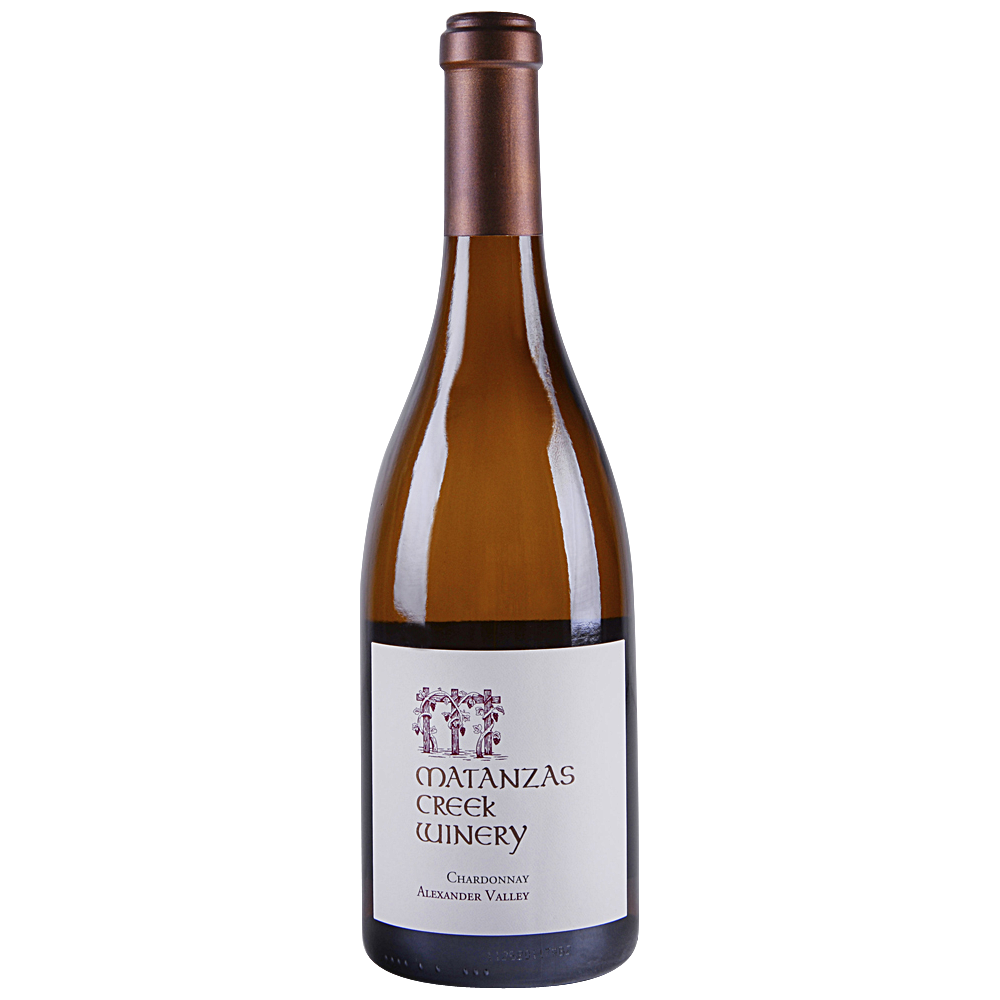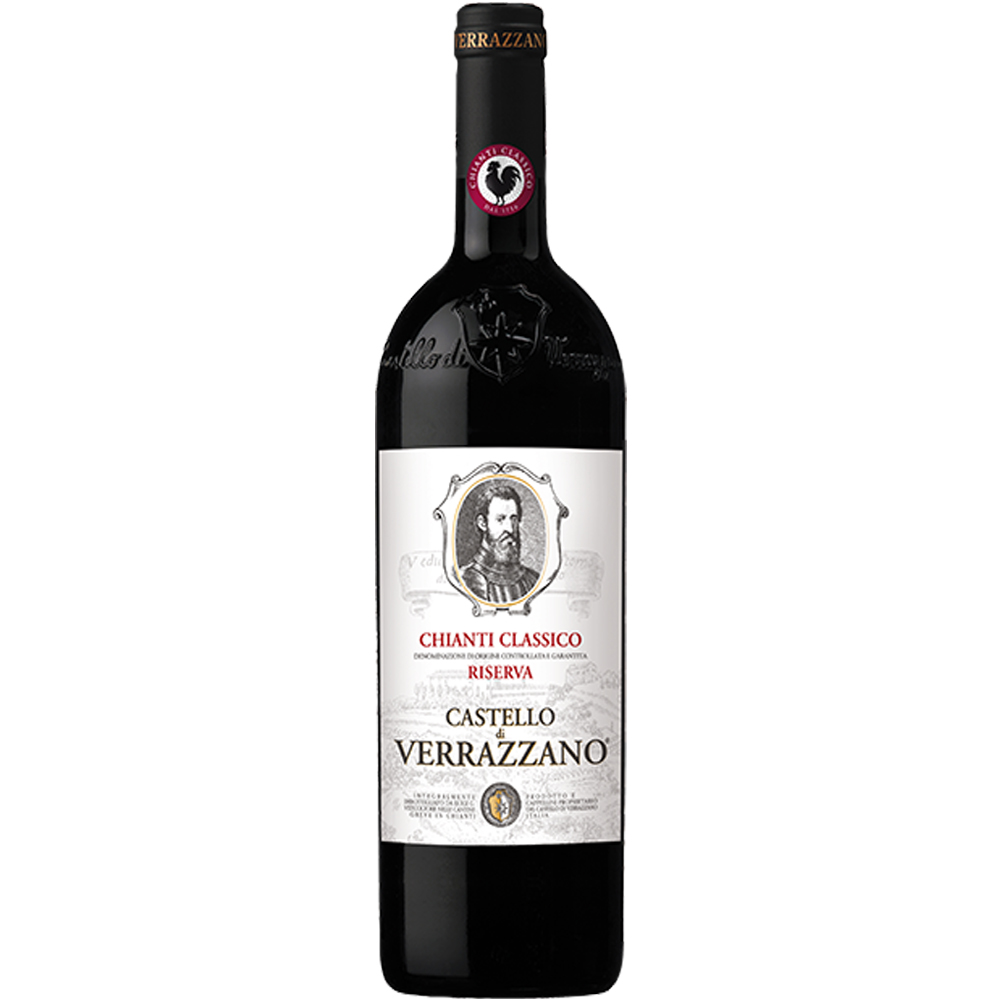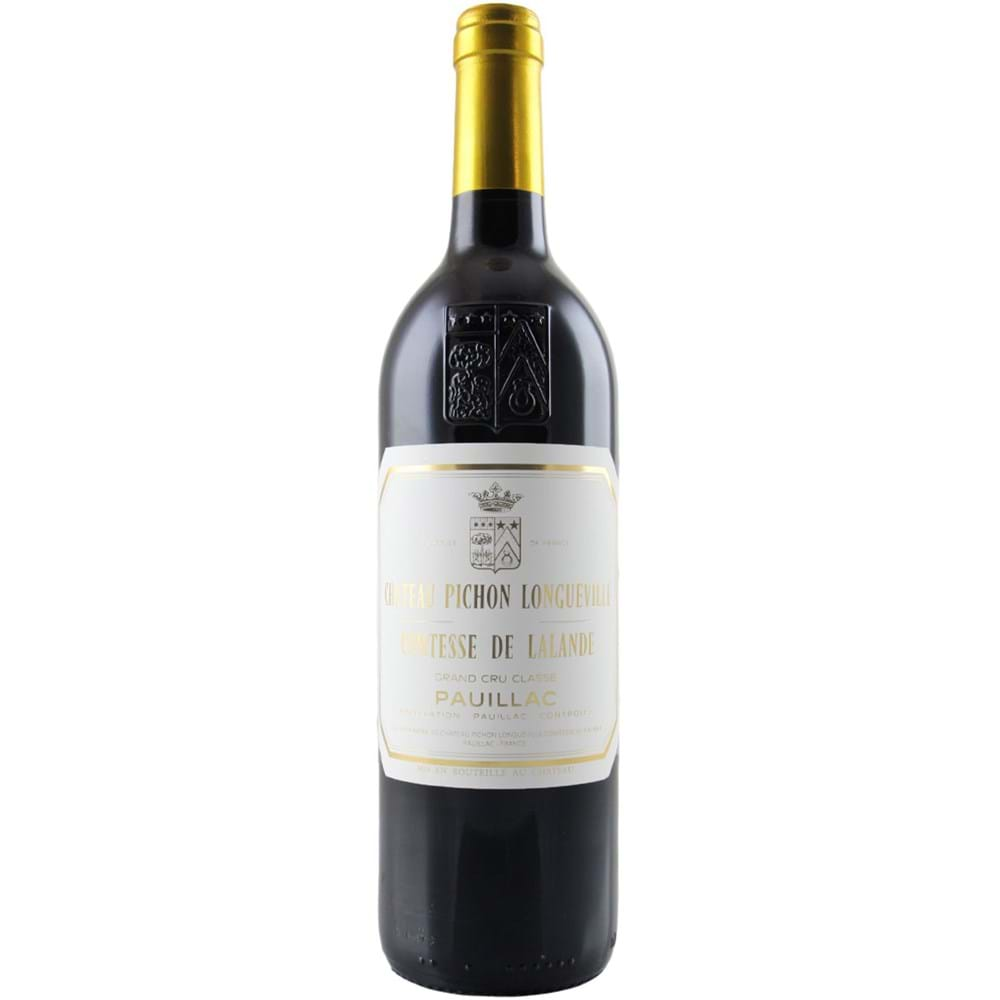-
×
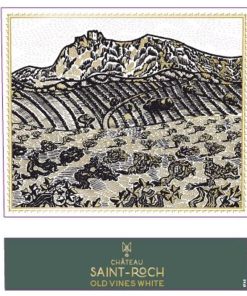 2021 Chateau Saint-Roch Cotes du Roussillon Old Vines White 750ML
1 × $16.99
2021 Chateau Saint-Roch Cotes du Roussillon Old Vines White 750ML
1 × $16.99 -
×
 2021 Domaine Le Sang des Cailloux Vacqueyras Cuvee de Lopy 750ML
1 × $48.99
2021 Domaine Le Sang des Cailloux Vacqueyras Cuvee de Lopy 750ML
1 × $48.99 -
×
 2020 Mary Taylor Dao Lucia Ferreira Branco 750ML
1 × $16.99
2020 Mary Taylor Dao Lucia Ferreira Branco 750ML
1 × $16.99 -
×
 2018 Chateau Sociando-Mallet Haut-Medoc 750ML
1 × $49.99
2018 Chateau Sociando-Mallet Haut-Medoc 750ML
1 × $49.99 -
×
 2022 Domaine Grand Veneur Chateauneuf-du-Pape Rouge Le Miocene 750ML
1 × $48.99
2022 Domaine Grand Veneur Chateauneuf-du-Pape Rouge Le Miocene 750ML
1 × $48.99 -
×
 2019 Pedestal Merlot Columbia Valley 750ML
1 × $67.99
2019 Pedestal Merlot Columbia Valley 750ML
1 × $67.99 -
×
 2022 Ca' del Baio Paolina Barbera d'Alba 750ML
1 × $17.99
2022 Ca' del Baio Paolina Barbera d'Alba 750ML
1 × $17.99 -
×
 2018 Caparsa Chianti Classico Riserva Caparsino 750ML
1 × $48.99
2018 Caparsa Chianti Classico Riserva Caparsino 750ML
1 × $48.99 -
×
 2015 Chateau Haut-Batailley Pauillac 5eme Grand Cru Classe 750ML
1 × $67.99
2015 Chateau Haut-Batailley Pauillac 5eme Grand Cru Classe 750ML
1 × $67.99 -
×
 2018 Manoir du Carra Fleurie Vers le Mont 1.50L
1 × $48.99
2018 Manoir du Carra Fleurie Vers le Mont 1.50L
1 × $48.99 -
×
 2020 Ca' del Baio Vallegrande Barbaresco 750ML
1 × $49.99
2020 Ca' del Baio Vallegrande Barbaresco 750ML
1 × $49.99 -
×
 2020 Francois Gay & Fils Aloxe-Corton 750ML
1 × $68.99
2020 Francois Gay & Fils Aloxe-Corton 750ML
1 × $68.99 -
×
 2020 Dehlinger Winery Pinot Noir Altamont Russian River Valley 750ML
1 × $67.99
2020 Dehlinger Winery Pinot Noir Altamont Russian River Valley 750ML
1 × $67.99 -
×
 2021 Louis Latour Domaine Latour Aloxe-Corton 750ML
1 × $67.99
2021 Louis Latour Domaine Latour Aloxe-Corton 750ML
1 × $67.99
2018 Matanzas Creek Chardonnay Bennett Valley
$28.40
Out of stock
2018 Matanzas Creek Chardonnay Bennett Valley
2018 Matanzas Creek Chardonnay Bennett Valley Color is medium straw. Aromas and flavors of lemon curd, snickerdoodle cookies, apple cobbler, fresh ginger, caramel apple, clove and brown sugar surround this 2018 wine. On the palate unctuous and creamy with great acidity.
90 Jeb Dunnuck: Slightly more expensive, the 2018 Chardonnay Alexander Valley offers a more pure, classic, and medium-bodied style with impressive white peach, crushed stone, spice, and white flower-like aromas and flavors. It has beautiful balance, good acidity, and a clean finish.
Chardonnay Wine
Chardonnay is the world’s most famous white-wine grape and also one of the most widely planted. Although the most highly regarded expressions of the variety are those from Burgundy and California, many high-quality examples are made in Italy, Australia, New Zealand and parts of South America.
Describing the flavors of Chardonnay is not easy. While many Chardonnay wines have high aromatic complexity, this is usually due to winemaking techniques (particularly the use of oak) rather than the variety’s intrinsic qualities. Malolactic fermentation gives distinctive buttery aromas. Fermentation and/or maturation in oak barrels contributes notes of vanilla, smoke and hints of sweet spices such as clove and cinnamon. Extended lees contact while in barrel imparts biscuity, doughy flavors. Because of this high level of winemaker involvement, Chardonnay has become known as the “winemaker’s wine”.
The variety itself (although often said to be relatively flavor-neutral) is responsible for most of the fruity flavors found in Chardonnay wines. These range from the tropical (banana, melon, pineapple and guava) to stonefruits (peach, nectarine and apricot), citrus and apples.
Climate plays a major role in dictating which fruit flavors a Chardonnay will have. Broadly speaking, warm regions such as California, Chile and much of Australia tend to give more tropical styles. Temperate zones such as southern Burgundy or northern New Zealand create wines marked out by stonefruit notes. The very coolest Chardonnay vineyards (those in Chablis, Champagne and Germany) lean towards green-apple aromas.
Mineral descriptors such as chalk, wet stones and crushed seashells also find their way into Chardonnay tasting notes. These are sometimes attributed to the soils in the vineyard, although the relationship between soil and wine flavor has become widely exaggerated. The most famously minerally Chardonnay wines are those of Chablis, one of the very few wine regions to focus on a largely unoaked style of Chardonnay.
Although most famous for its still, dry wines, Chardonnay is used to produce an impressively diverse range of wine styles. The variety is put to use in sparkling wines all over the world (most famously Champagne), when it is usually paired with Pinot Noir. It can also be found in sweet botrytized and late-harvest wines; Canada even produces sweet Chardonnay ice wines.
Although most famous for its still, dry wines, Chardonnay is used to produce an impressively diverse range of wine styles. The variety is put to use in sparkling wines all over the world (most famously Champagne), when it is usually paired with Pinot Noir. It can also be found in sweet botrytized and late-harvest wines; Canada even produces sweet Chardonnay ice wines.
Chardonnay is particularly popular with wine producers, not least because it has a reliable market of keen consumers. The variety produces relatively high yields, will grow in a broad spectrum of climates and can be made into wine of acceptable quality with relative ease. In poor vintages, deficiencies can be covered up with oak flavors, reducing the financial impact of a bad harvest.
Related products
$84.99
Romanee Conti’s Winemaker 96pts Suckling From 86 Year Old Vines DRC Winemaker
$77.00
2020 Jean-Claude Bachelet Saint-Aubin 1er Cru Blanc 2020 Jean-Claude Bachelet Saint-Aubin 1er Cru Blanc Aromas of sweet orchard fruit, dried white flowers, beeswax and freshly baked bread preface the 2020 Saint-Aubin 1er Cru Charmois, a medium to full-bodied, satiny and precise wine with a bright core of fruit, lively acids and a long, saline finish. [...]
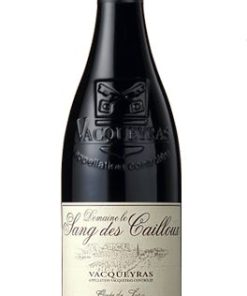 2021 Domaine Le Sang des Cailloux Vacqueyras Cuvee de Lopy 750ML
2021 Domaine Le Sang des Cailloux Vacqueyras Cuvee de Lopy 750ML 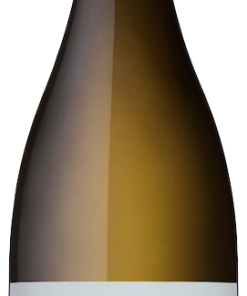 2020 Mary Taylor Dao Lucia Ferreira Branco 750ML
2020 Mary Taylor Dao Lucia Ferreira Branco 750ML 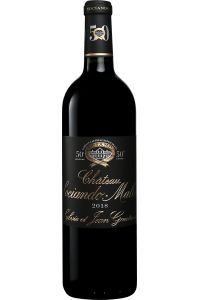 2018 Chateau Sociando-Mallet Haut-Medoc 750ML
2018 Chateau Sociando-Mallet Haut-Medoc 750ML  2022 Domaine Grand Veneur Chateauneuf-du-Pape Rouge Le Miocene 750ML
2022 Domaine Grand Veneur Chateauneuf-du-Pape Rouge Le Miocene 750ML  2019 Pedestal Merlot Columbia Valley 750ML
2019 Pedestal Merlot Columbia Valley 750ML  2022 Ca' del Baio Paolina Barbera d'Alba 750ML
2022 Ca' del Baio Paolina Barbera d'Alba 750ML  2018 Caparsa Chianti Classico Riserva Caparsino 750ML
2018 Caparsa Chianti Classico Riserva Caparsino 750ML  2015 Chateau Haut-Batailley Pauillac 5eme Grand Cru Classe 750ML
2015 Chateau Haut-Batailley Pauillac 5eme Grand Cru Classe 750ML  2018 Manoir du Carra Fleurie Vers le Mont 1.50L
2018 Manoir du Carra Fleurie Vers le Mont 1.50L 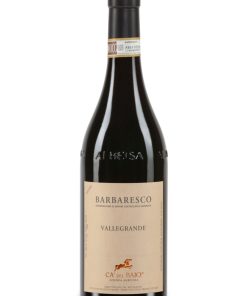 2020 Ca' del Baio Vallegrande Barbaresco 750ML
2020 Ca' del Baio Vallegrande Barbaresco 750ML 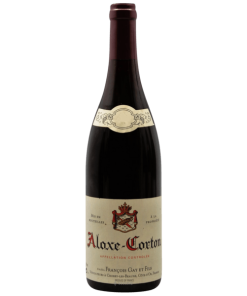 2020 Francois Gay & Fils Aloxe-Corton 750ML
2020 Francois Gay & Fils Aloxe-Corton 750ML 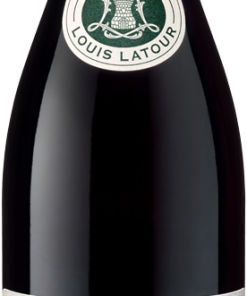 2021 Louis Latour Domaine Latour Aloxe-Corton 750ML
2021 Louis Latour Domaine Latour Aloxe-Corton 750ML 